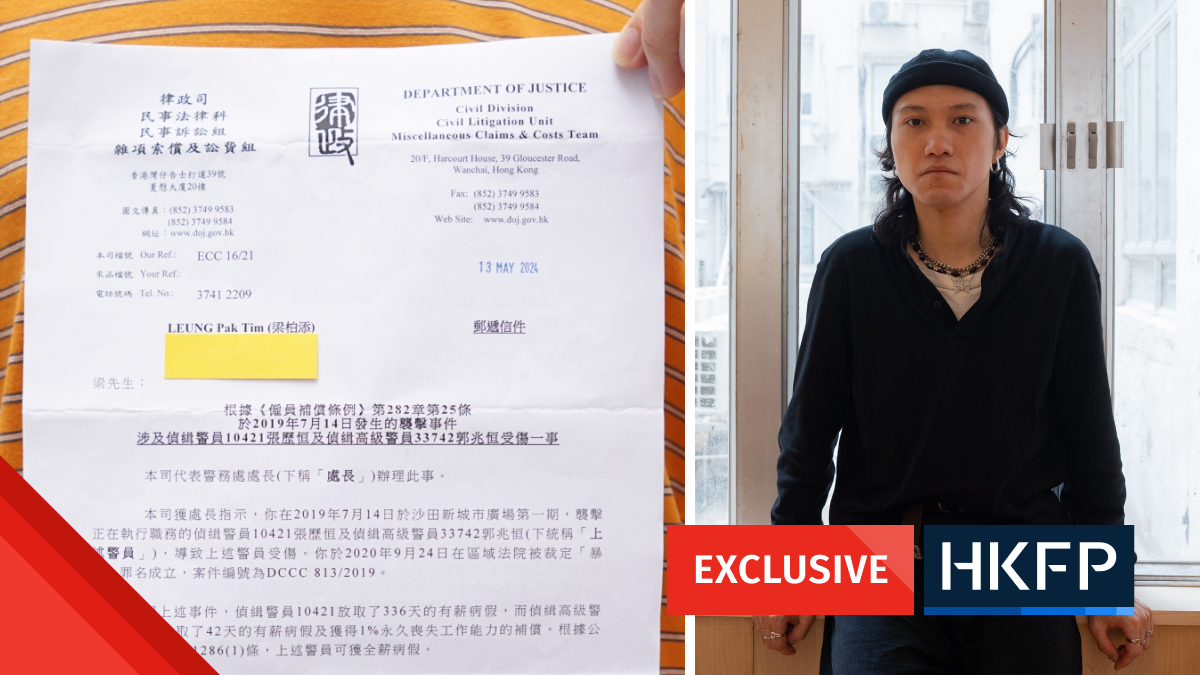Some Cathay Pacific cabin crew members who lost jobs or suffered swingeing pay cuts amid the coronavirus crisis have turned to online business to survive – helped by a “mutual assistance” scheme among former staffers.
Cathay last month announced it would lay off 5,900 employees worldwide including 5,300 in Hong Kong. The carrier also axed its regional subsidiary Cathay Dragon after a 35-year run.

Jacky Chan, a purser who had served in Cathay Pacific for over five years, was among those waiting with bated breath to see if he was on the list. Two hours after the restructuring plan announcement, Chan realised he could not access various internal applications. Shortly afterwards, he got a termination letter in his only functioning company email inbox.
“It was quite out of the blue. I expected the company to cut wages or lay off people but of course I didn’t think it would be me,” he said.
The 33-year-old said it remains unclear why Cathay picked the people it did and many employees found the company “aloof” in its attitude. “It’s like dating – if you want to break up, you should offer a clear explanation, rather than cutting ties at once.”

Airline chairman Patrick Healy said at the time that the company had done everything it could to minimise redundancies. He described the severance packages as “generous” and said Cathay hopes to hire back people when it returns to growth in the future.
But Chan and fellow cabin crew had been mentally preparing for months for the axe to fall.
Four months before he was sacked, he and a group of flight attendants launched a YouTube channel called “FAssembly” featuring videos about their experience serving on planes. Chan told HKFP that, in common with many cabin crew members who had almost no shifts after most flights were cancelled in February, he wanted to explore other career paths.

The FAssembly’s Instagram page also began to gain traction, with over 4,800 followers as of this week.
Following the massive layoffs, Chan and his team decided to launch their “mutual assistance” scheme, compiling a list of shops – mostly online – run by current or former flight attendants and promoting them on their platform.
The team also organised a bazaar in early November in hopes of bringing customers to these small-scale stores: “The bazaar attracted over 100 applications and we picked 30 shops in the end. We prioritised shop owners who were affected by the layoffs, with more than 90 per cent of the shops being run by current and former Cathay employees,” Chan said.

A visiting HKFP reporter saw dozens of people dropping by the stalls which sold a variety of goods, including apparel, accessories, small decorations and snacks for pets.
Kary Chu was one of the shop owners at the bazaar on November 7. The Cathay Pacific flight attendant and her partner began selling dried fruit in August, after the airline ordered two rounds of unpaid leave.
The 25-year-old said she had to find other sources of income as she could not survive on her basic monthly salary of around HK$9,000. “Many of my colleagues also started doing some side business since then.”
Chu said running an online shop has allowed her to hone new skills like graphic design, and made her realise she could do more than just “distributing meals on a plane.”
She added she was a “special case” in the restructuring because she had been on leave with a work-related injury. Her claim was still being processed, and she has not received either a termination letter or a new contract, she said.
“All I can do now is wait,” Chu said.

Cathay employees who were retained were given a new contract on the day of the redundancy announcement, which they had to sign within two weeks. Many suffered significant pay cuts and there were restrictions on flight attendants swapping their shifts.
While Chu loved working in the aviation industry, she was unenthusiastic about Cathay’s pledge to rehire former staffers. The way the company handled the restructuring has frustrated many current and ex-employees, she said.
“To be honest, I’m a bit disheartened, because of the company’s unyielding attitude. When they did such things to its frontline staff, personally I would think – why make contributions to this company?” Chu asked.
Amber Suen, the vice chair of the Cathay Pacific Airways Flight Attendants Union, told HKFP the union had suggested several ways to delay and minimise redundancies but none of its proposals were accepted in the end.

An online survey commissioned by the Hong Kong Aircrew Officers Association showed 79 per cent of the 1,001 respondents thought it was “unfair” that the city’s top carrier had made major contract changes without consulting employees.
The survey – conducted between October 30 to November 1 – also found 63 per cent of Hong Kong residents had a “lower level of trust” in the company after the restructuring.
According to Cathay, 2,613 pilots and 7,346 cabin crew have signed on for the new conditions of service as of November 5. The numbers represented 98.5 per cent of the pilots and 91.6 per cent of the flight attendants who were given new contracts.

“These are competitive contracts, which will enable us to continue to recruit and retain the
very best people to be our pilots and cabin crew as we seek to survive and rebuild
our business,” the airline said in a statement.
Suen disagreed, saying the terms of the new contract could not retain talent in the company in the long run.
“Staff have lost confidence in the company… for those who stayed, many are looking for a way out.The way the company handled this matter was a serious blow to staff morale,” she said.
Support HKFP | Policies & Ethics | Error/typo? | Contact Us | Newsletter | Transparency & Annual Report | Apps
Help safeguard press freedom & keep HKFP free for all readers by supporting our team

LATEST FROM HKFP
HKFP has an impartial stance, transparent funding, and balanced coverage guided by an Ethics Code and Corrections Policy.
Support press freedom & help us surpass 1,000 monthly Patrons: 100% independent, governed by an ethics code & not-for-profit.










